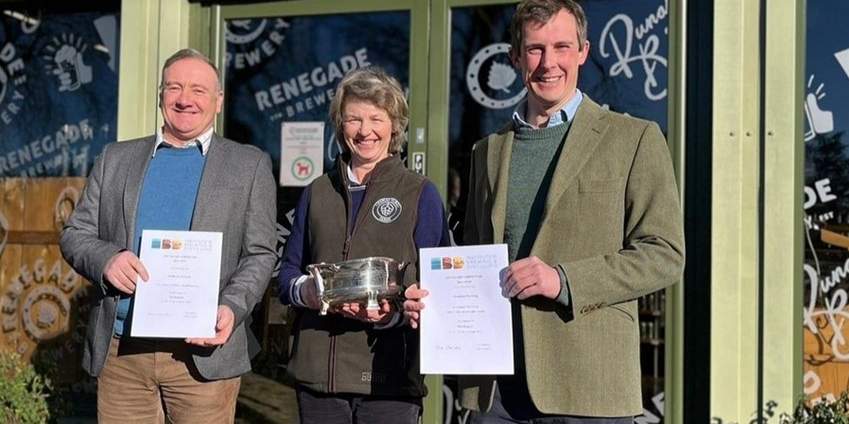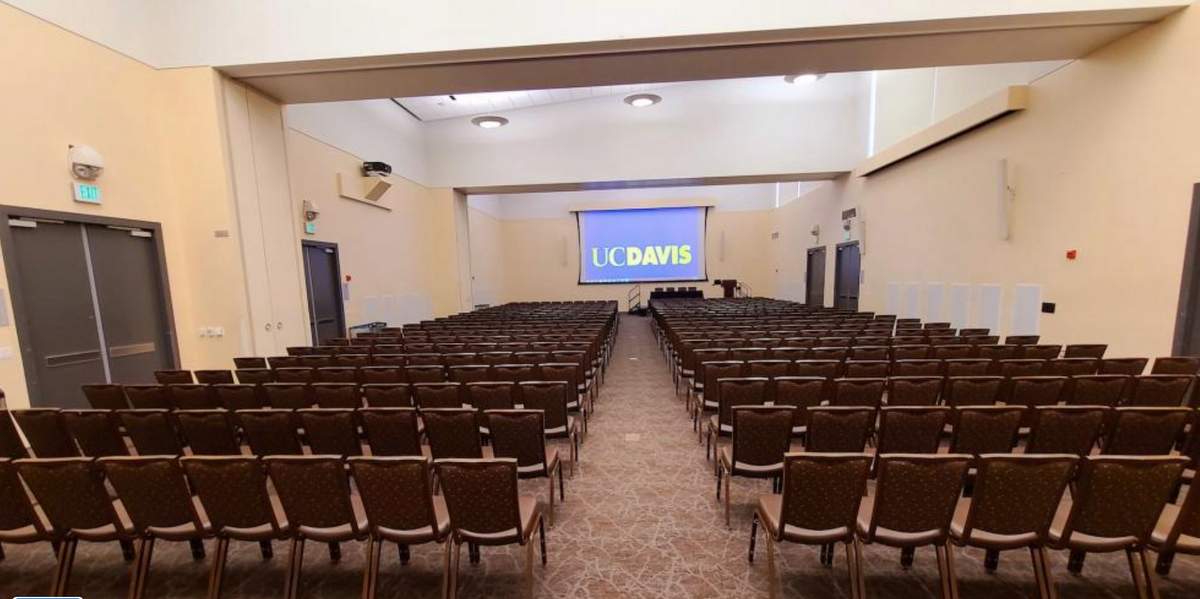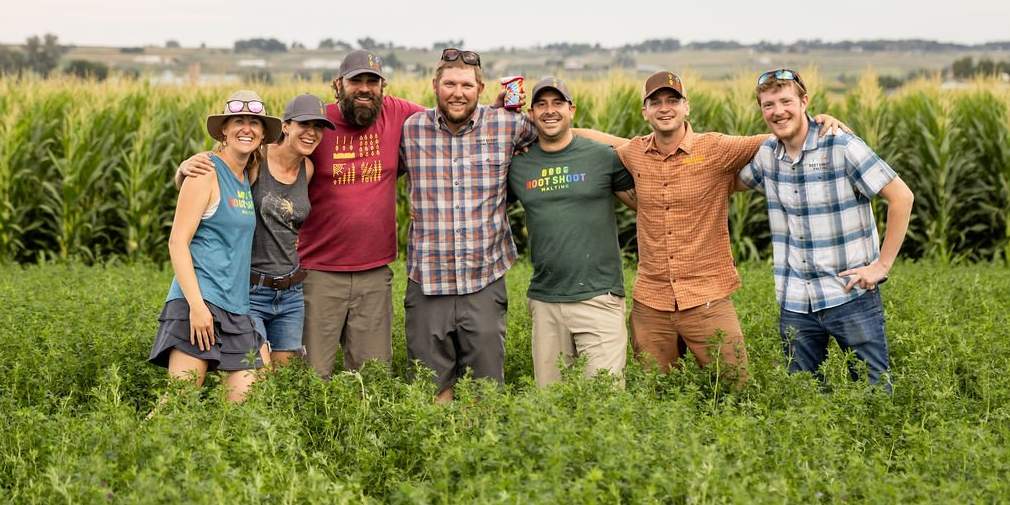In full bloom, hopyards are works of art. Elaborate trellis systems create these wild green hallways woven of stems, leaves and cones. Imagine farm hands creating these amazing tapestries by hand, carefully threading each hop stem up a coir string, a twine made from Sri Lanka coconut husks, each attached to 18-ft wooden poles. It’s an amazing bit of skill to even create these twine trellis systems — especially when you consider workers are are using two hands to tie knots while on a moving platform.
In the Yakima Chief Hops video above (do visit its YouTube page), Toni-Lynn Adams, digital marketing coordinator with Yakima Chief, visits a farm in the Pacific Northwest to learn how the process works. During the late spring months, farms are busy stringing up twine to prepare for the coming growing season — with the hop harvest in August and September. This requires workers to tie knots to the top wire and also secure the twine to the ground. Watch the full video to learn more.
It takes a year of planning and four important months of constant nurturing to naturally engineer towering hop rows, navigating weather, water, disease, machine and labor challenges. It takes three years just for a single hop plant to reach maturity, large enough to produce the massive yields and unique flavors required by commercial operations. Then there’s harvesting, processing, sales and so much more. Hop twining is just the beginning of the long, difficult journey of growing commercial hops. The farmers that do this work are artists, and this video shows the incredible skill it takes to help grow this important beer ingredient. Here’s to the hop hands! Cheers.





Leave a Reply
You must be logged in to post a comment.